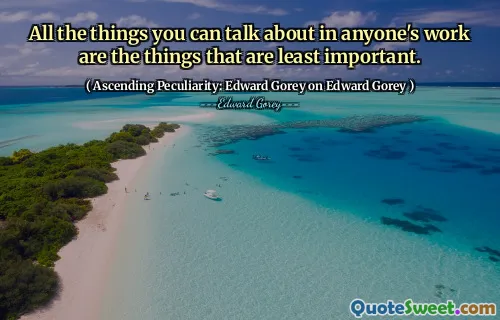The road crossed a dried slough where pipes of ice stood out of the frozen mud like formations in a cave. The remains of an old fire by the side of the road. Beyond that a long concrete causeway. A dead swamp. Dead trees standing out of the gray water trailing gray and relic hagmoss. The silky spills of ash against the curbing. He stood leaning on the gritty concrete rail. Perhaps in the world's destruction it would be possible at last to see how it was made. Oceans, mountains. The ponderous counterspectacle of things ceasing to be. The sweeping waste, hydroptic and coldly secular. The silence.
In this passage from Cormac McCarthy's "The Road," the desolation of a post-apocalyptic landscape is depicted vividly. The road runs through a barren area marked by remnants of ice and dried mud, which resemble strange cave formations. Nearby, the remnants of a fire hint at a past life, while a concrete causeway stretches over a lifeless swamp filled with dead trees and gray water. These images paint a bleak picture of a world stripped of vitality, emphasizing the overwhelming silence and lifelessness that dominates.
The narrator reflects on the possibility that, amidst the destruction, one might finally grasp the essence of creation itself. He contemplates the juxtaposition of natural elements like oceans and mountains against the backdrop of decay, recognizing a profound "counterspectacle" of existence and extinction. The passage captures a sense of cold reality where beauty and desolation coexist, inviting deeper thoughts on existence and the fleeting nature of life in a seemingly indifferent universe.





